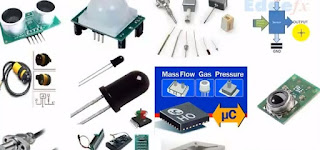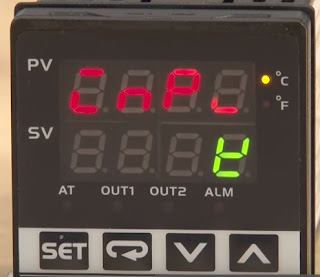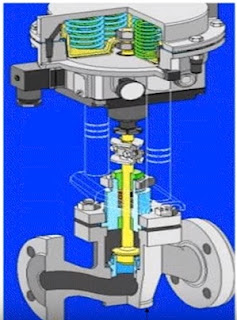Instruments
I hope you have a general understanding what a feedback control loop is, if not please refer the following article – Feedback Control Loop
Sensors
You have read that a sensor monitors and measures what is happening in the process. Examples of sensors include: thermocouples, floats, limit switches, pressure switches, pressure switches, moisture meters, and scales.
When selecting a sensing device for a particular application, many instrument characteristics must be considered. Some of those characteristics are discussed below. (Note: These characteristics also apply to other instruments in the loop and the loop as a whole)
|
Response Time
|
The amount of time required for a sensor to respond to a change in its input.
|
|
Accuracy
|
How close the sensor comes to indicating the actual value of the measured variable.
|
|
Precision or Repeatability
|
How consistent the sensor is in measuring the same value under the same operating conditions over a period of time.
|
|
Sensitivity
|
How small a change in the controlled variable the sensor can measure
|
|
Dead Band
|
How much of a change to the process is required before the sensor responds to the change
|
Transmitters
A transmitter carries a signal of the measured variable from the sensor to a controller in the control room. Transmitters are necessary because sensors and controllers are normally at a distinct place. The transmitter collects the measurement provided by the sensor , converts it to a standard process signal which can be easily send and easily read, and takes the signal to the controller. Several times sensors and transmitters are combined together.
In process industry there are two main types of transmitters depending on the signal used for transmitting the parameter
A Pneumatic transmitter converts the output of the sensor to air pressure, then sends the signal through a tube to the controller.
An Electronic transmitter converts the output of the sensor to an electronic Signal, then transmits the signal by wires to the controller
Signals are usually transmitted within standard ranges. For example:
· electronic signals have a range from 4-20 mA-dc (milliamperes of direct current)
· the range of pneumatic signal is 0.2 to 1 Kgf/cm2 (pounds per square inch gauge of air)
The information transmitted by the transmitter has to cover the entire range of information on the measured variable. You must adjust the transmitter so that its range represents the range of value of the measured variable.
Controllers
The types of controllers typically used in industry are electronic and pneumatic. The same characteristics of electronic and pneumatic transmitters apply to electronic and pneumatic controllers: that is, speed distance, and flexibility.
Controllers adjust the position of the final control element to eliminate deviations from the set point and maintain the process within acceptable limits. The specific way in which a controller reacts to a deviation and affects the position of the final control element is called the type of control action or mode of controller .
(Deviation = Measured value – set point.)
Final control element
A final control elements to is the device that changes the manipulated variable. Examples of final control elements include:
· Valves – to change the flow rate of liquid in a pipe
· Pumps – to move liquid into a tank
· Dampers – to change the rate of air flow to a furnace
Fans – to create a negative pressure in a folder
The final control element must be in he proper position to create the desired change in the process. For example, when the flow rate of a liquid in a pipe is too great, a valve must be properly positioned to decrease the flow rate.
Final control elements can be positioned electrically, pneumatically, or hydraulically. Electrical and pneumatic positioning are most commonly used in process industries.









